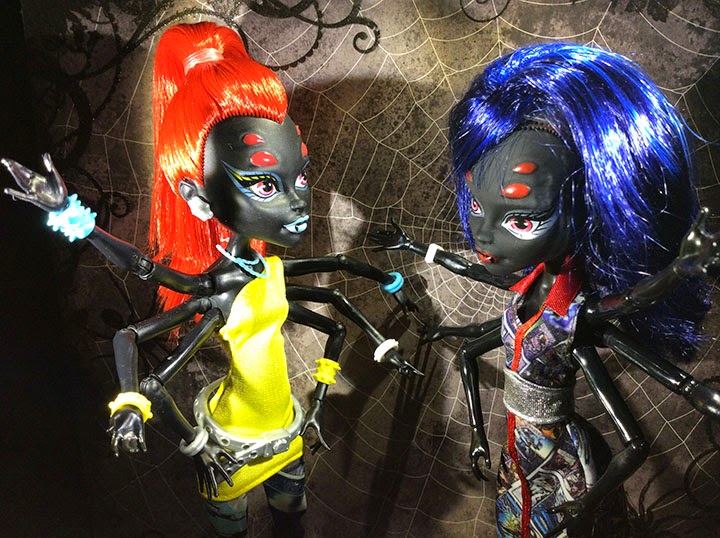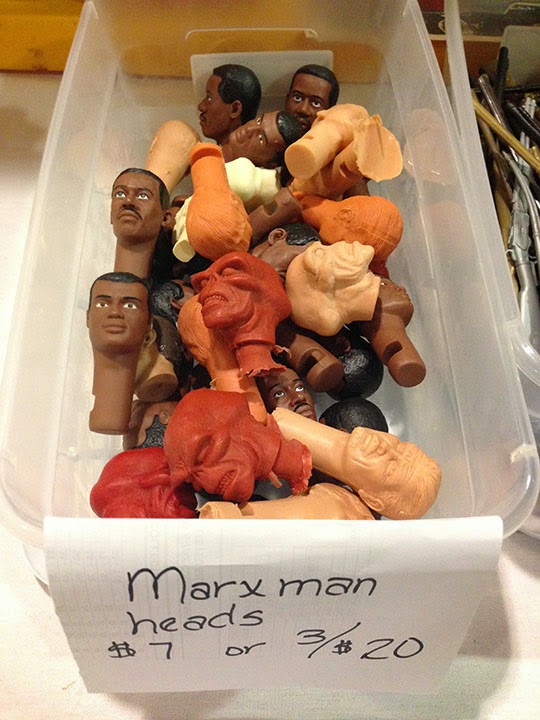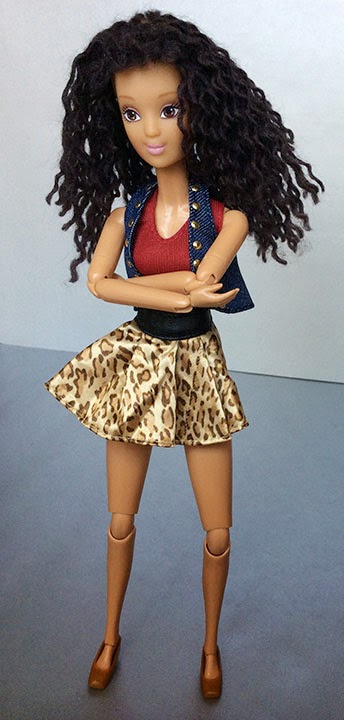Long about this time last year the puppet bug bit me hard.
Nita traveled with me to the Puppeteers of America Festival last summer.
I became a docent at the new Worlds of Puppetry museum in the
Center for Puppetry Arts and I took every class I could in their “Explore Puppetry” series. I also spent countless hours making puppets.
My puppet factory
My dolls grumbled a bit about being neglected until I got accepted into the O’Neill Puppetry Conference pre-conference workshop with
Lisa Lichtenfels. Then they conceded there might something to this puppet stuff.
Ned Nolan, Nita's husband.
Lisa Lichtenfels is perhaps the only sculptor doing realism in fabric today. While working in the animatronics department at Disney she developed techniques for sculpting poseable 3D figures with nylon skins. She became so intrigued with the potential of this medium that she took a leave of absence and never looked back. In the 1990s Lisa, Bob McKinley, and E.J. Taylor stormed the doll world. They started going to doll shows and getting their work published in doll magazines.
Lisa Lichtenfels
When I took the opportunity to ask Lisa about the difference or relationship between dolls and puppets, she had a very interesting answer. She said that in German tradition “puppen” is the reflection of yourself that you see in the pupils of another person’s eyes when you are looking intimately into their eyes. A doll is a still version of the puppen while a puppet is a moving image. So I concluded that a puppen/ poppet/ puppet reflects both the image we have of ourselves and the image of ourselves we want others to see. I grappled with this mirroring process as I shaped the puppet I made in Lisa’s class.
Lisa was very well-prepared. She had circulated a list of supplies and tools we should bring but made many of these items available to us during the workshop.
Since we only had three days to make our puppets and present them in a twenty minute show, Lisa had prepared heads with eyes and hand puppet bodies to speed the process. I was gratified that there were some darker skin tones among the heads but I had to scavenge for the right shade of felt to make a body that matched the head I selected.
The workshop focused on soft-sculpture techniques, particularly working with circular beading needles. It took me ten or 15 minutes to thread mine the first time.
Lisa encouraged us to experiment and explore this new medium but remained close at hand to assist and help us avoid disasters.
Traditionally, one of the things puppets do best is make subversive commentary on the status quo from the perspective of the underdog so most of my classmates delved into the wonderful flexibility of nylon to sculpt social outcasts who bordered on the grotesque. I however was mindful of the long history of grotesque caricatures reinforcing racist stereotypes about black people so I wanted my puppet to be as beautiful as possible. Lisa showed us how to create different hairstyles with theatrical crepe hair but I came prepared with locks that I stitched to my puppet’s head as she evolved into Félice G. Washington, executive coach.
Amazingly everyone had finished by noon on Friday. Lisa then jump-started the character development process by taking mug shots of each puppet and having us fill out an arrest report.
Félice G. Washington
There were many talented artists in the class so an array of fascinating characters emerged as we worked.
While their crimes ranged from prostitution and drug dealing to cat hoarding, Félice was arrested simply for DWB (Driving While Black) in Forsyth County Georgia.
Once we had a sense of our characters, Lisa showed her greatest strength as a leader by stepping back and letting the experienced puppeteers develop their own skits. With Gavin Cummings directing and Penny Benson’s Donald Drumpf character anchoring the show, we had a strong vehicle for showcasing the puppets and the puppeteers’ talents.
Gavin Cummings with Gerald Genex, illegitimate son of Donald Drumpf
The premise of the show was that The Donald had finally surrendered his tax returns and had been convicted of tax evasion. In prison he expressed his usual megalomania by hosting a reality show entitled “Cons got Talent.”
Penny Benson with The Donald
While the skits ranged from a comical song about STDs to a pet medium who offered to channel the spirits of the audience’s beloved “fur persons,” I was still trying to mitigate the legacy of blackface minstrel puppets. The O’Neill motto is “risk, fail, risk again” so even though I had been letting my vocal practice slide since January, I took the risk of having Félice sing a Gluck aria, “O Del Mio Dolce Ardor” a capella and ironically managed to uphold the honor (and image) of the race by associating blackness with Italian opera.
By Friday morning I had finally finished the favors I had set out to make for my fellow participants and our instructors. I went visiting and distributed all 60 by Friday evening.
Pierrot, Arlequin, and Auguste
Calaveras commemorating victims of forced disappearance.
George C. White founded the Eugene O'Neill Theater Center in 1964 with the mission of discovering, developing, and nurturing new American artists for the stage. Since that time the O'Neill has nurtured the careers of many outstanding figures in the world of theater. For example August Wilson workshopped Ma Rainey's Black Bottom, Fences, and The Piano Lesson at the O'Neill. I did not get to stay in the August Wilson cottage but the Michael Douglas cottage where I bunked was just as picturesque:
Located in New London, Connecticut, the O'Neill Theater Center was once a farming estate. The old barn houses rehearsal and performance spaces while the company management offices occupy the old mansion.
Since Rufus and Margo Rose of Howdy Doody were involved in founding the retreat, puppetry has always been part of the O’Neill experience. The puppetry conference wasn’t added until after Jim Henson’s death in 1990 but with Pam Aciero (puppeteer of Sesame Street’s Grundgetta Grouch) as executive director, the O’Neill Puppetry Conference has become one of the most prestigious gatherings of puppeteers in the U.S. While the Puppetry Conference pre-conference activities were scheduled for nearly every waking hour from 9am to 10pm, I did find some time to walk down to the public beach.
Those of us who play with figures that represent how we see ourselves and how we would like others to see us do not always find beauty mirrored in the eyes of our beholders. Thus the fond gaze of my new O'Neill family is a blessing that gives me the courage to risk sharing my puppen-selves on a wider stage.
Yours truly by the copper beech that has shaded staged readings of new plays since the early days of the ONeill
A bientôt!


















































































































































































































































